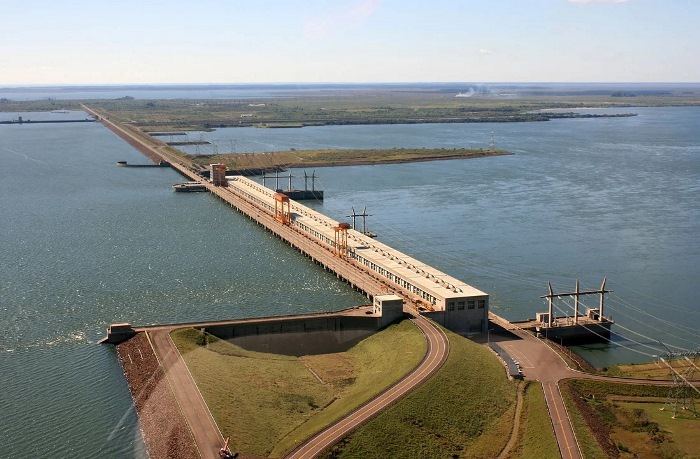Two weeks before the opening of the envelopes in the bidding for the control of the Paraná-Paraguay Waterway, attention is focused on the controversies surrounding the process and the companies.
However, it is crucial to highlight the implications for the environment that the dredging of this navigable waterway entails. Besides the conflicts over the concession, it allows for increasing the depth of the channel.
Paraná-Paraguay Waterway: why it is so important
This waterway is of vital importance for Argentina and the entire continent. This is in economic terms, as 80% of the national exports pass through it, and also social, cultural, and environmental.
In addition to the accusations and clashes between companies and the National Government (which was accused of tailoring the bidding process for the Belgian company Jan de Nul), there is a key point in environmental matters.
 Conflicts over the waterway.
Conflicts over the waterway.
Following a modification in the specifications, it is allowed to increase the depth of the navigation channel from 34 feet (10.36 m) to 44 feet (13.41 m). The goal is to enable larger ships to transit.
What could happen if the depth is increased
In response to this, geologist and hydrography expert Ramón Vargas, who worked at Unesco and the Provincial Water Administration (APA), explained possible consequences to Diario Chaco.
He stated that “there is no good study” on “how much it costs in total to be dredging permanently” and whether it is more convenient to “be paying for the dredging of those 1200 km for 30 years” or “changing the boats that transit without touching the river.”
Therefore, a deepening could “accelerate the flows of the Paraguay River and converge with the Paraná when it is rising.”
This could cause problems since the defenses “are calculated for a certain operation of the two rivers and their floods.”
“If this alteration occurs, they should tell us how much it changes because 20 more centimeters in the maximum flood could exceed our defense lines,” Vargas said. “That was the position set by the Chaco province,” he added.
Regarding the river fauna, he explained that dredging “causes local disturbances in the work area, mainly an increase in turbidity in a narrow plume up to 2 km downstream of the dredge.”
The noise from the engines is also always a disturbance for the fish.
Vargas also emphasized that “turbidity creates problems in all biological reproductive processes” and although “it depends on the cycles,” it could affect fish reproduction.
“I propose that they first convince me that it is much better,” he said. “There are many interests, in this case, having a permanent guard on the river exercised by A, B, or C, geopolitically generates a lot of conflict. And what we need the least is conflict,” he concluded.
The studies conducted
However, Juan José Neiff, master in continental Aquatic Ecology, professor at UNNE and Conicet researcher, pointed out another perspective.
He assures that there are extensive studies, from 1995 to 2024, demonstrating that works for improving navigation in rivers such as the Paraná have had low levels of environmental impacts.
These studies determine “the environmental and economic feasibility of the works in the Argentine stretch and up to the Pantanal (upper Paraguay) where there are restrictions for being a biosphere reserve, a system of environmental fragility,” he stated to the same medium.
Have you already visited our YouTube channel? Subscribe!

